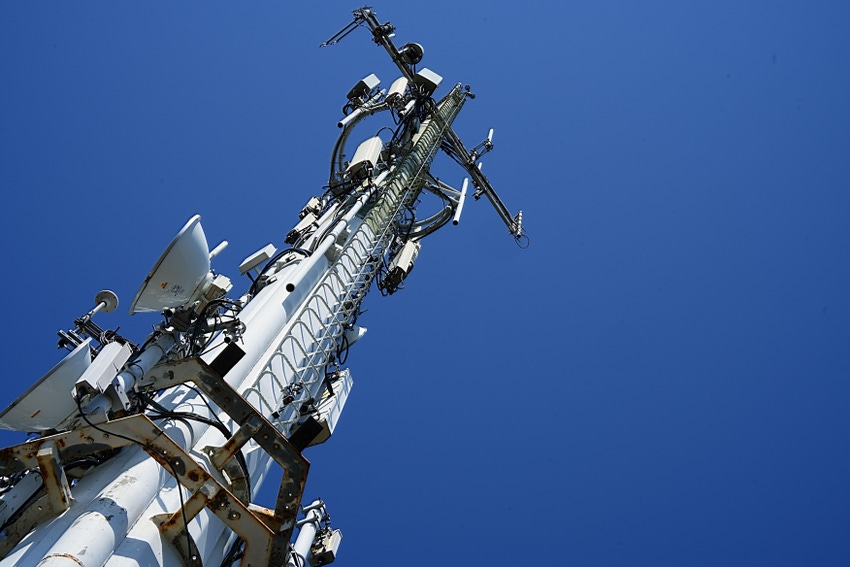America's 5G buildouts move into unknown territory
The days of tracking midband 5G network expansions by new markets served or customers covered are largely over. It's unclear what network issues AT&T, T-Mobile and Verizon might focus on next.

T-Mobile, AT&T and Verizon have all reached or surpassed their initial coverage targets for their 5G networks, and it's unclear whether they will set new public targets or goals for expansion.
Verizon's networking chief Joe Russo recently said the carrier will "blow past" its 2024 goal of covering 250 million people with speedy midband 5G within "the next couple of quarters." After that, "we'll follow where customer demand is," he added.
But Russo did not provide any firm buildout target for coverage beyond the 250 million, which suggests that the days of tracking midband 5G network expansions by new markets served or customers covered are largely over. Instead, network operators may be shifting to networking announcements involving new technologies or features rather than raw coverage figures.
For example, T-Mobile recently boasted that it successfully deployed a six-carrier aggregation connection that supported 3.6 Gbit/s speeds. The company said late last year that its midband 5G network now covers 300 million people.
T-Mobile CEO Mike Sievert said the company is "far from done" with its 5G rollout but added that "now we have an outlook for the next several years that is highly capital efficient." Sievert did not offer any further buildout targets. Meaning, he likely views the mission as mostly accomplished.
"5G: Where have you gone?" Jennifer Fritzsche, managing director at investment bank Greenhill & Company, wrote recently. "As carriers pulled back on capex and focused on free cash flow, '5G' mentions saw a precipitous decline on almost every carrier earnings call last year."
Even though urban areas have mostly been covered with 5G in the last two years, carriers will likely continue to expand their midband 5G networks to additional rural locations. Indeed, according to executives with cell tower giant American Tower, only 50% of the company's tower sites have been upgraded to 5G. But upgrading the remaining sites will likely happen at a much slower, and quieter, pace.
Cooling on midband 5G buzz
The tone on 5G in 2024 is much different than it was in 2022. Two years ago, T-Mobile, Verizon and AT&T were all flush with new, valuable midband spectrum – and they were itching to put that spectrum to use.
It was T-Mobile that led the charge, obtaining its midband 2.5GHz spectrum holdings from its acquisition of Sprint in 2020, more than a year ahead of AT&T and Verizon.
But when Verizon acquired midband C-band spectrum in an FCC auction in 2021, the company wasted little time. The operator said it would spend an extra $10 billion on the project – above the $50 billion it spent during the auction itself.
And, after some delays, AT&T also began deploying its own midband holdings and now covers more than 200 million people with midband 5G connections.
Such spectrum – sometimes described as "Goldilocks" spectrum – can dramatically increase speeds. Indeed, most customers covered by such networks saw their smartphone download speeds double, and some saw their speeds increase by a factor of five or even 10.
Moreover, midband spectrum is a key element supporting the fixed wireless access (FWA) services from all of the big US wireless network operators. FWA promises to supplant wired Internet connections inside homes and offices with 5G connections.
Freeing up cash
Now, though, operators aren't boasting about their midband network buildouts. Instead, they're crowing about plans to reduce spending on their networks in order to boost their revenues.
"We've been telling you [in 2024] our capital intensity was going to tail off from kind of the peak levels we've been at the last couple of years," AT&T CEO John Stankey said at a recent investor event. "I expect that's going to be the case."
Specifically, AT&T officials have said the operator will spend between $21 billion and $22 billion on capital expenses (capex) during 2024, down from $24 billion in 2023. Other operators are signaling similar drawdowns.
"We've spent a lot of money over the past five years, a lot of money building the world's best 5G plant, and it's time to be able to enjoy having that in the ground and be able to realize the benefits of that," Sievert, T-Mobile's CEO, explained.
In a recent note to investors, the financial analysts at Evercore said they expect US capex to decline "as the 5G investment cycle tapers off." They added: "There should not be another capex cycle for the next few years adding some comfort to the FCF [free cash flow] outlook in a world of fundamental uncertainty."
The next phase
As capex declines and 5G buildouts slow, what will AT&T, T-Mobile and Verizon focus on next?
For AT&T, the operator recently embarked on a program to swap out Nokia's radio access network (RAN) equipment with gear from Ericsson in locations around the country. That will allow AT&T to begin inserting open RAN interfaces into its network.
It remains to be seen whether that effort will position AT&T to introduce new technologies into its network. That's certainly the position of Dish Network, which has argued that open RAN is part of its competitive advantage.
Verizon, meantime, has hinted that it will eventually launch the standalone version of 5G after years of delays. The company has said such technology can support "advanced technologies and services that provide the reliability and performance customers expect now, as well as what they'll need in the future."
As for T-Mobile, the company has suggested it will continue to use technologies like carrier aggregation to speed up the 5G connections on its network. And like its rivals, T-Mobile has also said it will work to shift 5G onto additional spectrum bands beyond its midband holdings.
About the Author(s)
You May Also Like




_International_Software_Products.jpeg?width=300&auto=webp&quality=80&disable=upscale)







